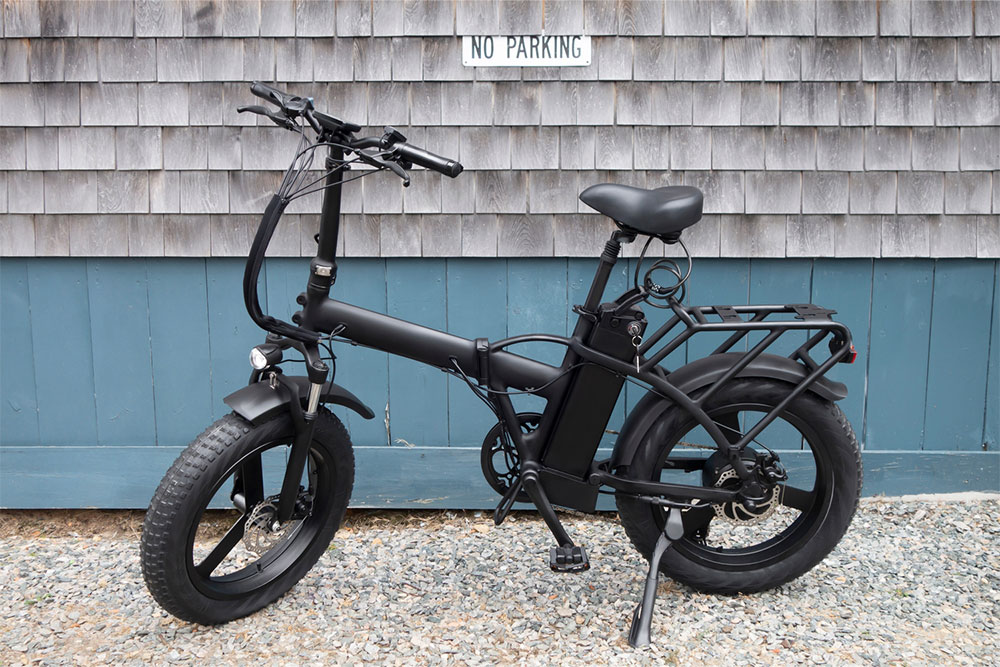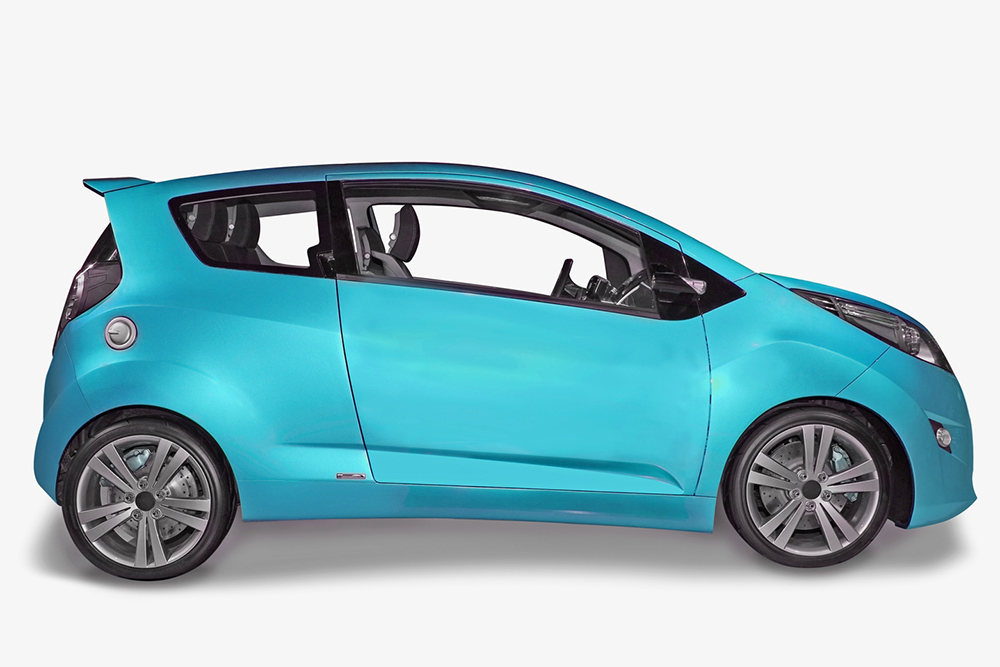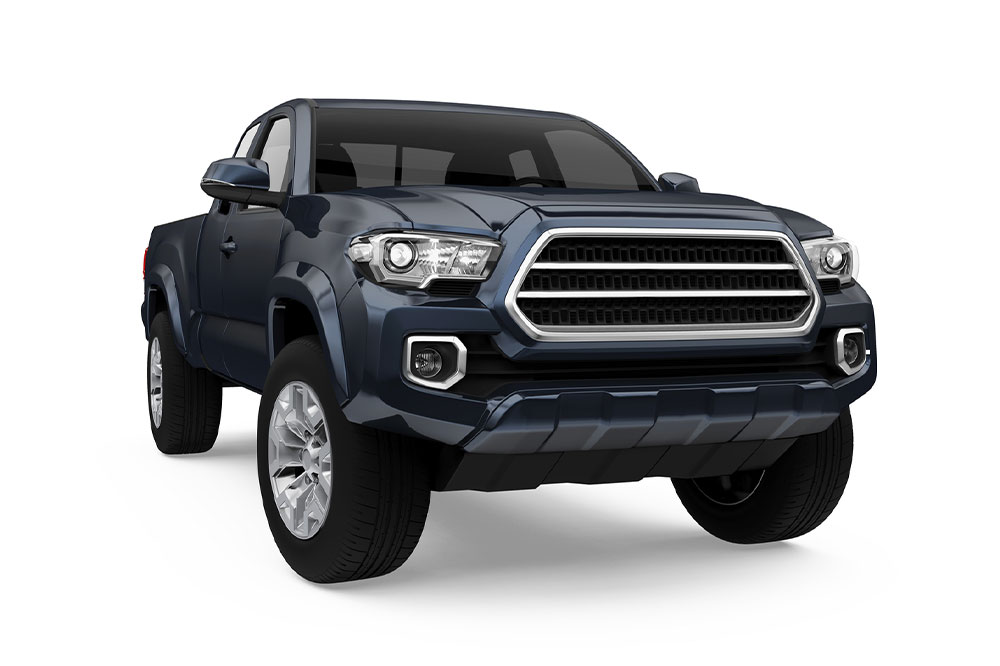Top 7 Strategies to Purchase a Used Car Without Making a Down Payment
Discover seven effective methods to purchase a used car without making an initial down payment. From personal loans and manufacturer deals to trade-ins and leasing options, this guide provides practical strategies to help you own a vehicle with flexible financing. Learn how to inspect vehicles thoroughly, explore different financing avenues, and find the best deals in your area, making used car ownership more accessible and affordable.

Top 7 Strategies to Purchase a Used Car Without Making a Down Payment
For many buyers, investing in a new vehicle can be a daunting expense. Opting for a used car, however, offers a cost-effective alternative, often priced at about 30% less due to depreciation. Additionally, used cars provide flexible financing options. Learning how to secure a used vehicle without an initial down payment can ease financial stress and facilitate ownership.
Perform a detailed vehicle inspection before buying
While various ways exist to finance a used car without upfront costs, ensuring the vehicle's condition is crucial.
This involves examining the mileage, make and model, and any present damages. Hiring an automotive expert can help identify issues that affect value. Requesting maintenance logs from the seller or dealer ensures proper service history. Once satisfied with the condition, buyers can explore effective methods to purchase without an initial payment.
1. Obtain a Personal Loan
One of the most popular ways to buy a used vehicle sans down payment is through a personal loan.
Financial institutions, including banks and non-banking lenders, often offer personal loans to borrowers with good credit scores. The loan amount can cover the car purchase and additional expenses like taxes and registration. Funds are transferred directly into the buyer’s account, which can then be used to pay the dealer. The loan is repaid over a predetermined schedule with interest, but it may come with higher interest rates compared to other credit options.
2. Explore Manufacturer Promotions
Checking with automakers for special deals or discounts on pre-owned vehicles can be advantageous. These offers often include competitive financing terms, lower interest rates, and customizable repayment plans spanning from 12 to 60 months or more. Some manufacturers finance up to 80% of the vehicle’s cost, with monthly installments covering as much as 25% of the price.
3. Consult Local Dealerships
Visiting nearby dealerships may reveal favorable financing options, especially for repeat customers. Dealerships might offer loyalty discounts or special promotions that eliminate the need for a down payment. Engaging directly with local dealers can also help find flexible payment plans tailored to individual budgets.
4. Use a Trade-In
Existing vehicle owners can leverage trade-ins to avoid upfront payments. The dealer assesses the current car’s condition and determines its value. This amount can be credited toward the new purchase, covering the down payment. Comparing trade-in offers from multiple dealerships ensures you get the best deal.
5. Pay with a Credit Card
Using a credit card to pay for a used car might be an option if your credit limit allows. Check with your bank or card provider about your eligibility and limits. Be mindful of high-interest rates, processing fees, and repayment schedules. Some lenders offer the possibility to split payments into manageable monthly installments to reduce financial strain.
6. Consider Leasing
Leasing a used vehicle can be a practical alternative to buying outright. Lease agreements involve fixed monthly payments over a set term and often include maintenance and repairs covered by the manufacturer. At the end of the lease, you can return the vehicle and upgrade to a newer model, often without a substantial initial deposit.
7. Opt for Car Rentals
Rental companies provide vehicles for flexible durations, from months to years. Renting involves paying only for daily fuel, tolls, and occasional fees, while the rental agency manages maintenance. Rental periods typically range from 12 to 36 months, making this a viable short-term solution.
Note:
Our blog offers insights across many topics for readers seeking practical advice. While we provide researched information, it should not be regarded as definitive. Variations in schemes, offers, or data across platforms mean users should verify details independently. We do not assume responsibility for discrepancies or missed opportunities that might benefit you more than the content presented here.










